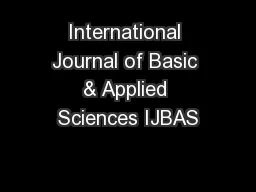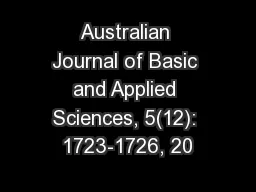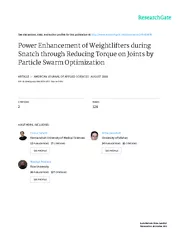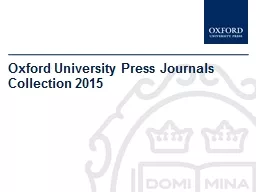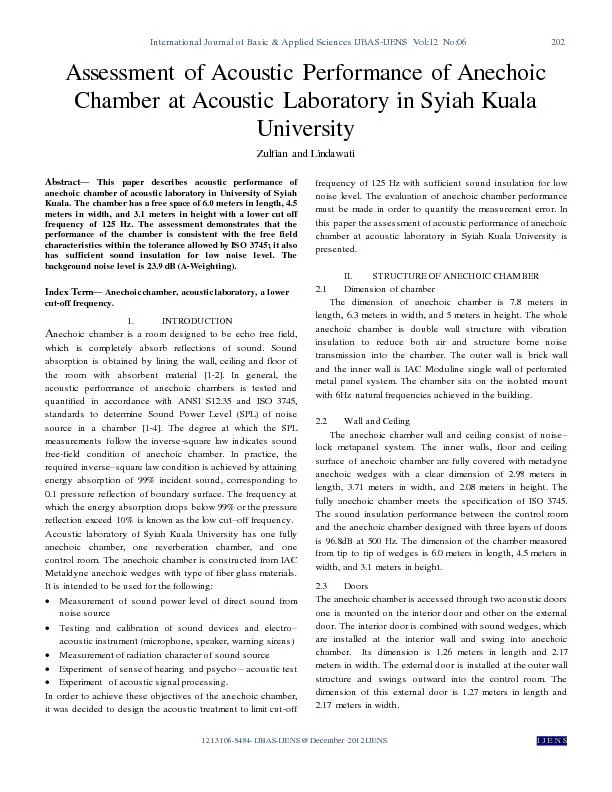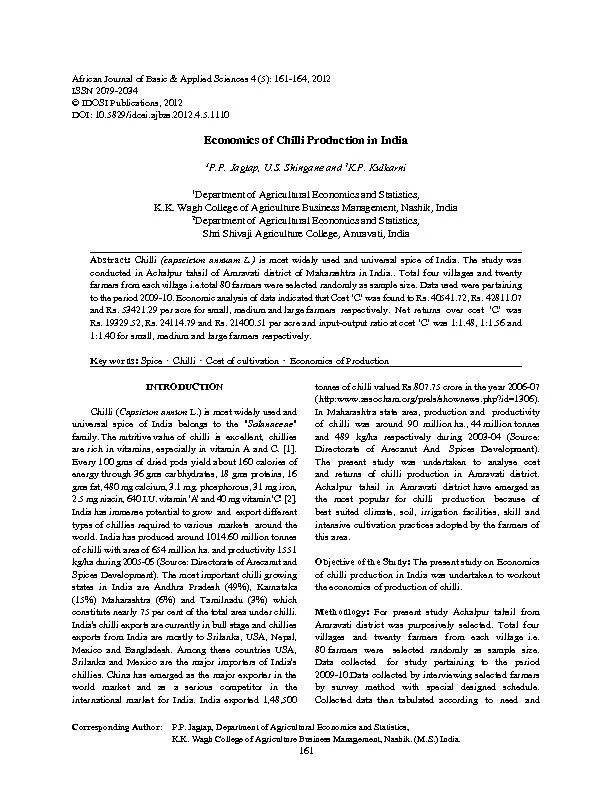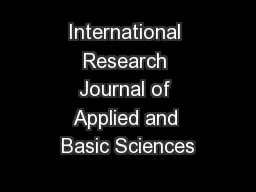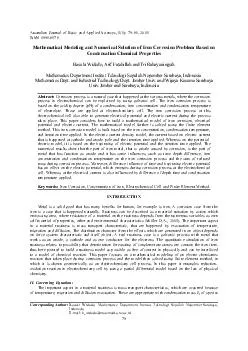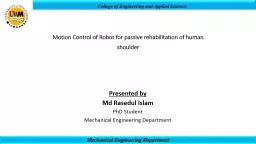PDF-International Journal of Basic & Applied Sciences IJBAS
Author : lindy-dunigan | Published Date : 2016-04-26
IJENS Vol13 No04 97 1380 04 7272 IJBAS IJENS August I J E N S xF020 Abstract x2014 At present work an experiment to dissolve titanium from Indonesian Ilmenite
Presentation Embed Code
Download Presentation
Download Presentation The PPT/PDF document "International Journal of Basic & Applied..." is the property of its rightful owner. Permission is granted to download and print the materials on this website for personal, non-commercial use only, and to display it on your personal computer provided you do not modify the materials and that you retain all copyright notices contained in the materials. By downloading content from our website, you accept the terms of this agreement.
International Journal of Basic & Applied Sciences IJBAS: Transcript
Download Rules Of Document
"International Journal of Basic & Applied Sciences IJBAS"The content belongs to its owner. You may download and print it for personal use, without modification, and keep all copyright notices. By downloading, you agree to these terms.
Related Documents

